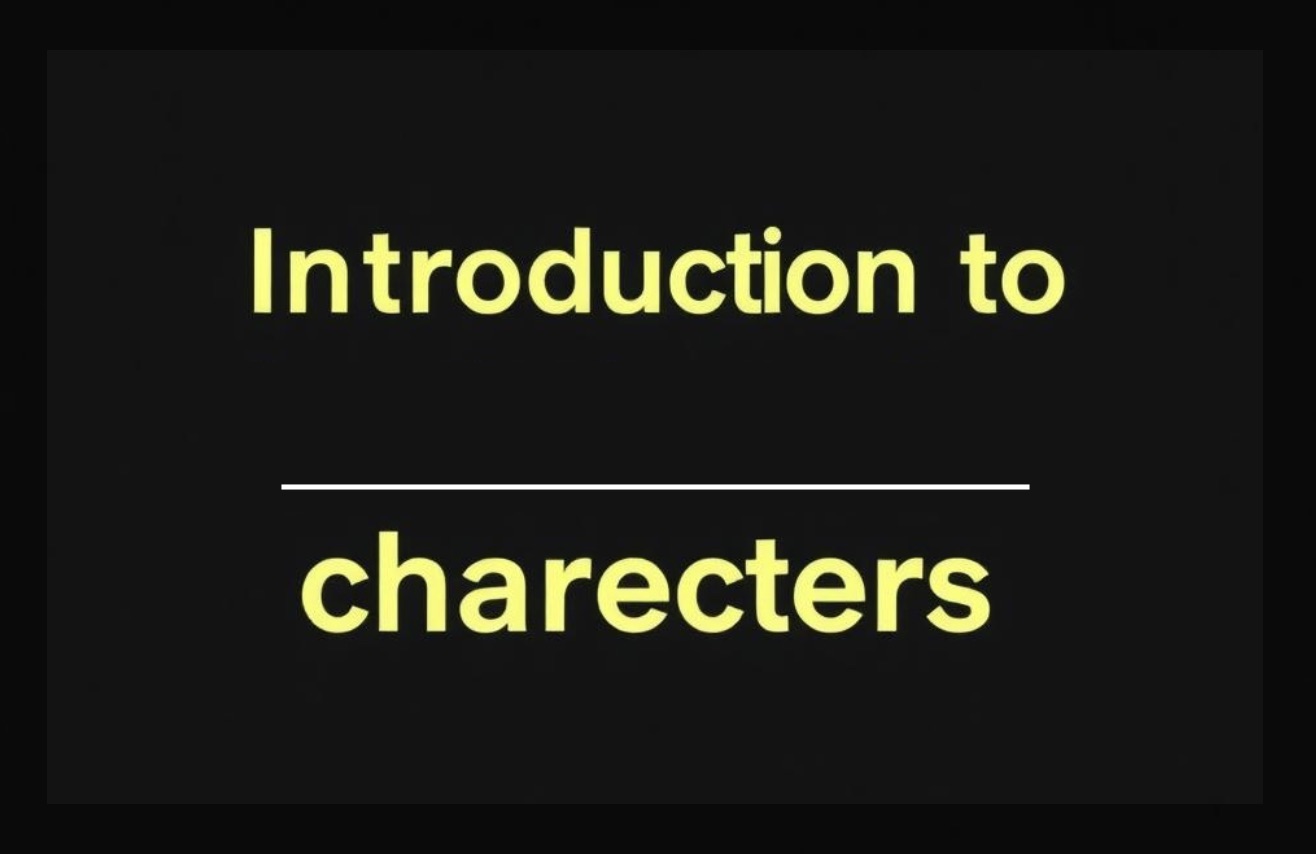Introduction to Invisible Characters

What are Invisible Characters?
Invisible characters, also known as non-printing characters or whitespace characters, are Unicode characters that take up space in text but don't have a visible glyph. They serve various purposes in text formatting, line breaking, and other text-related operations.
Some common examples of invisible characters include:
- Space (U+0020)
- Zero-width space (U+200B)
- Non-breaking space (U+00A0)
- Soft hyphen (U+00AD)
How Do Invisible Characters Work?
Invisible characters work by occupying space in the text without displaying a visible symbol. They are processed by text rendering engines and can affect text layout, line breaks, and other text behaviors. Different invisible characters have different effects on text processing and display.
Applications of Invisible Characters
- Text Formatting: Invisible characters can be used to control text layout and formatting without visible markers.
- Steganography: Hide messages within seemingly normal text using invisible characters.
- Password Strengthening: Add invisible characters to passwords to increase complexity (use with caution).
- Unique Usernames: Create visually identical but unique usernames in games or social media.
- Preventing Auto-linking: Use zero-width spaces to break up text that might otherwise be automatically converted to links.
Conclusion
In conclusion, invisible characters offer a wide range of possibilities for creative text manipulation and formatting. As we continue to explore their potential, we'll discover even more innovative applications in the digital world.